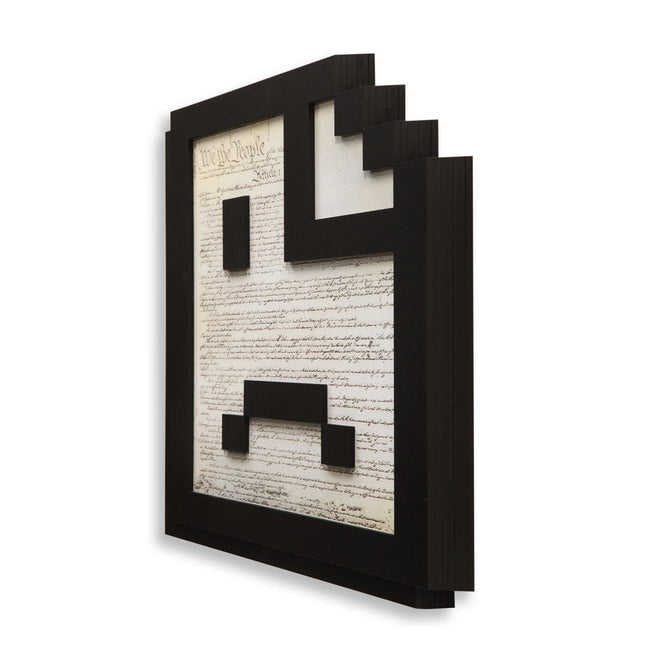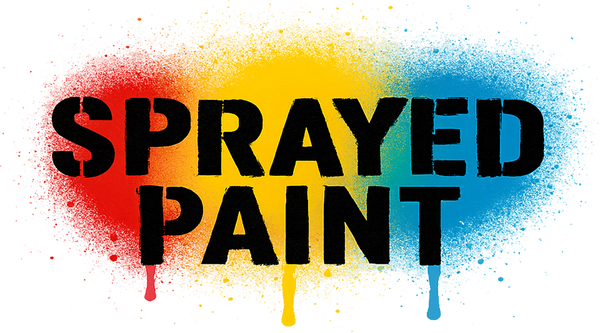Artistic Commentary on Government and Politics in Street Pop Art
Street pop art and graffiti artwork have long served as a visual language for political discourse and social commentary. The inherently public and accessible nature of these art forms makes them powerful tools for artists to express their views on government and politics. Whether splashed across city walls or displayed in galleries, these works often reflect the artists' perspectives on the political climate, societal issues, and power dynamics. The relationship between government and politics and street pop art is symbiotic. On one hand, the art form often thrives under the radar of official scrutiny, its rebellious streak a response to perceived overreach or authoritarian tendencies. On the other hand, it can serve as a sanctioned medium for political messaging, especially in more liberal societies that embrace public art as a form of civic engagement. Artists utilize this platform to spark debate, challenge authority, and inspire political action, sometimes at significant personal risk.
The Impact of Street Art on Political Expression
Street art's ability to reach a broad audience outside of traditional art venues makes it an incredibly effective means of political expression. Murals and installations often become local landmarks, drawing attention to the issues they portray and making political discourse a part of everyday life. The visual strategies employed by street artists—such as parody, satire, and symbolism—can distill complex political messages into impactful imagery that resonates with the viewer on an intuitive level. The political influence of street pop art and graffiti can be seen in its use by movements seeking to democratize public space and challenge dominant narratives. The art form's agility in adapting to the changing political landscape allows it to address immediate concerns and react to current events faster than traditional forms of political commentary. Its impact is magnified by the advent of social media, where images of political street art can go viral, reaching international audiences and becoming symbols of resistance and solidarity.
Street Pop Art as a Chronicle of Political Change
Over the decades, street pop art has chronicled the ebb and flow of political change from the protest movements of the 1960s to the present day. It often provides historical snapshots of the public sentiment during times of political upheaval. In societies undergoing rapid transformation or conflict, street art can document the aspirations and frustrations of the populace, often serving as a barometer for social tension. This art form also raises questions about the ownership and use of public space. By taking art out of the private realm and into the communal, street artists challenge the idea that government and authorities have ultimate control over visual and cultural expressions in public areas. This act of reclaiming space is a political statement, affirming the right to free expression and participation in the civic dialogue.
In summary, street pop art and graffiti artwork occupy a unique position at the intersection of art, politics, and public discourse. By engaging directly with the community and utilizing public spaces as canvases, these art forms democratize access to political expression and empower individuals and movements to communicate their messages powerfully and poignantly. As governments and politics evolve, so will the art that reflects and often challenges them, maintaining its role as a vital voice in the ongoing conversation about power, policy, and the people.




